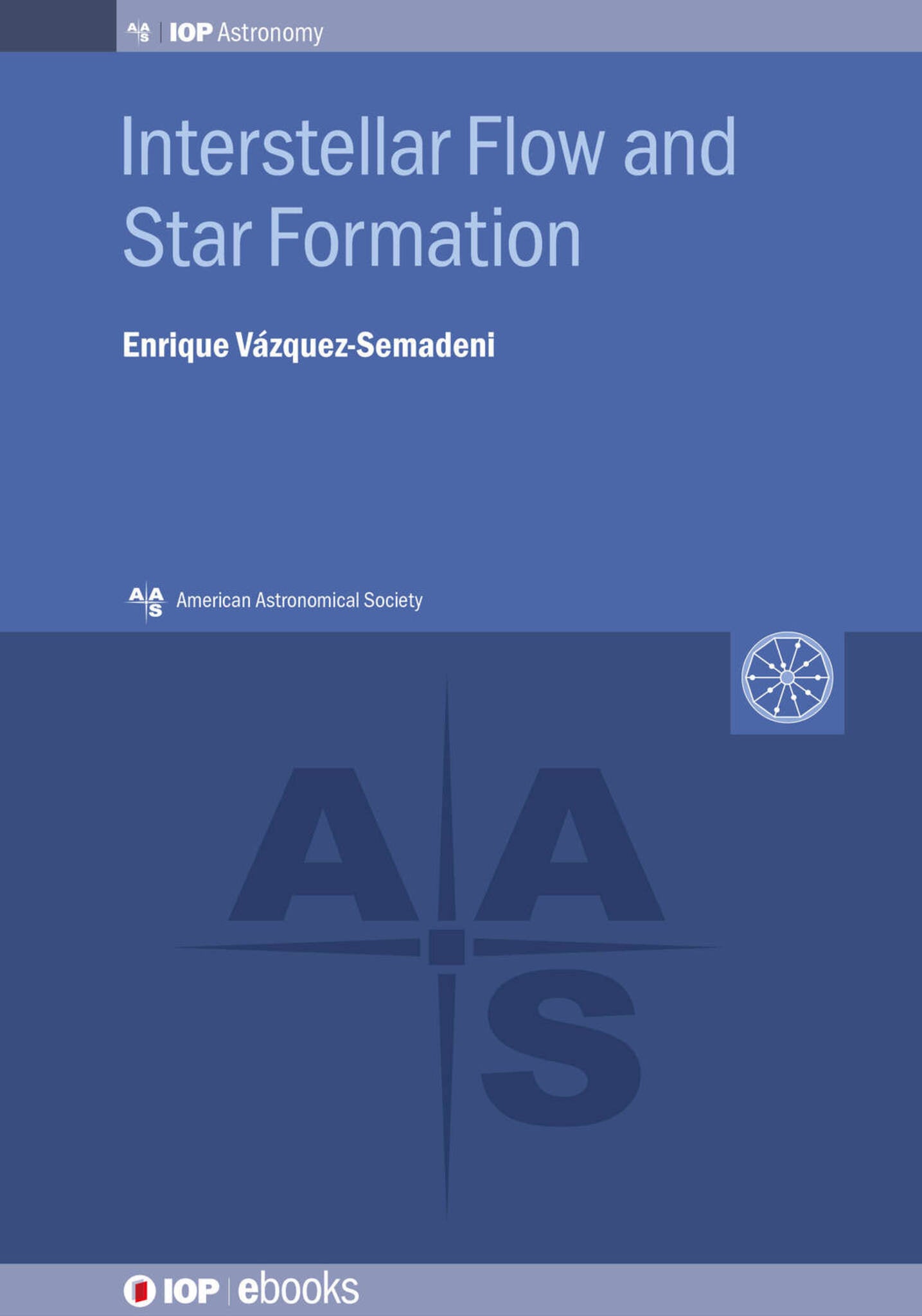We're sorry. An error has occurred
Please cancel or retry.
Interstellar Flow and Star Formation

Some error occured while loading the Quick View. Please close the Quick View and try reloading the page.
Couldn't load pickup availability
- Format:
-
31 August 2025

The first part of this book reviews the basic theoretical knowledge necessary to understand the flow of interstellar gas that leads to the formation of stars, including ample discussion of the physical implications, the limitations of standard assumptions, and the necessary extensions for more realistic descriptions. The second part presents a self-consistent view of the process of cloud formation and evolution that leads to the formation of stars, starting from the mechanisms responsible for the formation of clouds in the diffuse interstellar medium, passing through their growth, the onset of gravitational contraction, the onset of star formation, and culminating on the dispersal of the star-forming regions and the properties of the star clusters formed by this process. Throughout the book, special emphasis is made on the fluid nature of the interstellar medium.
Key features:
- Provides comprehensive description of the physics (compressible and incompressible turbulence, thermodynamics, self-gravity, and some aspects of magnetic fields) needed to describe the flow of interstellar gas and the resulting star formation process from a collective (i.e., not individual) point of view.
- Addresses nonlinear processes (turbulence, cooling) and the interplay between them and self-gravity, towards star formation.
- Includes extensive qualitative and interpretative discussion of the theory, directed to graduate students and professional astronomers not familiar with the details and implications.
- Discussion of frequent misconceptions and misinterpretations of the theory, and the importance of the continuum nature of the interstellar medium.
- Discussion of relevant results from early times that are often overlooked in current literature.

SCIENCE / Space Science / Astronomy, Galaxies and stars

Part I Theoretical Background
Chapter 1: The ISM and Star Formation
Chapter 2: The Hydrodynamic Equations
Chapter 3: Turbulence
Chapter 4: ISM Thermodynamics and Compressibility
Chapter 5: The Scalar Virial Theorem
Chapter 6: Self-Gravity I: Equilibrium and Stability
Chapter 7: Self-Gravity II: Gravitationally Driven Collapse Flow and Gravitational Fragmentation
Part II Cloud Evolution and Star Formation
Chapter 8: Molecular Clouds and Their Star-forming Properties
Chapter 9: Historical Perspective of Molecular Cloud and Star Formation Models
Chapter 10: Molecular Cloud Formation and Growth
Chapter 11: Onset of Gravitational Collapse, Fragmentation and Filamentation
Chapter 12: Star-Forming Regions and the Star Formation Rate
Chapter 13: Evolution of the Energy Balance and Scaling Relations in Molecular Clouds
Chapter 14: Formation of Stellar Clusters and Associations, and Cloud Dispersal
Chapter 15: Conclusions: The Galactic Flow



